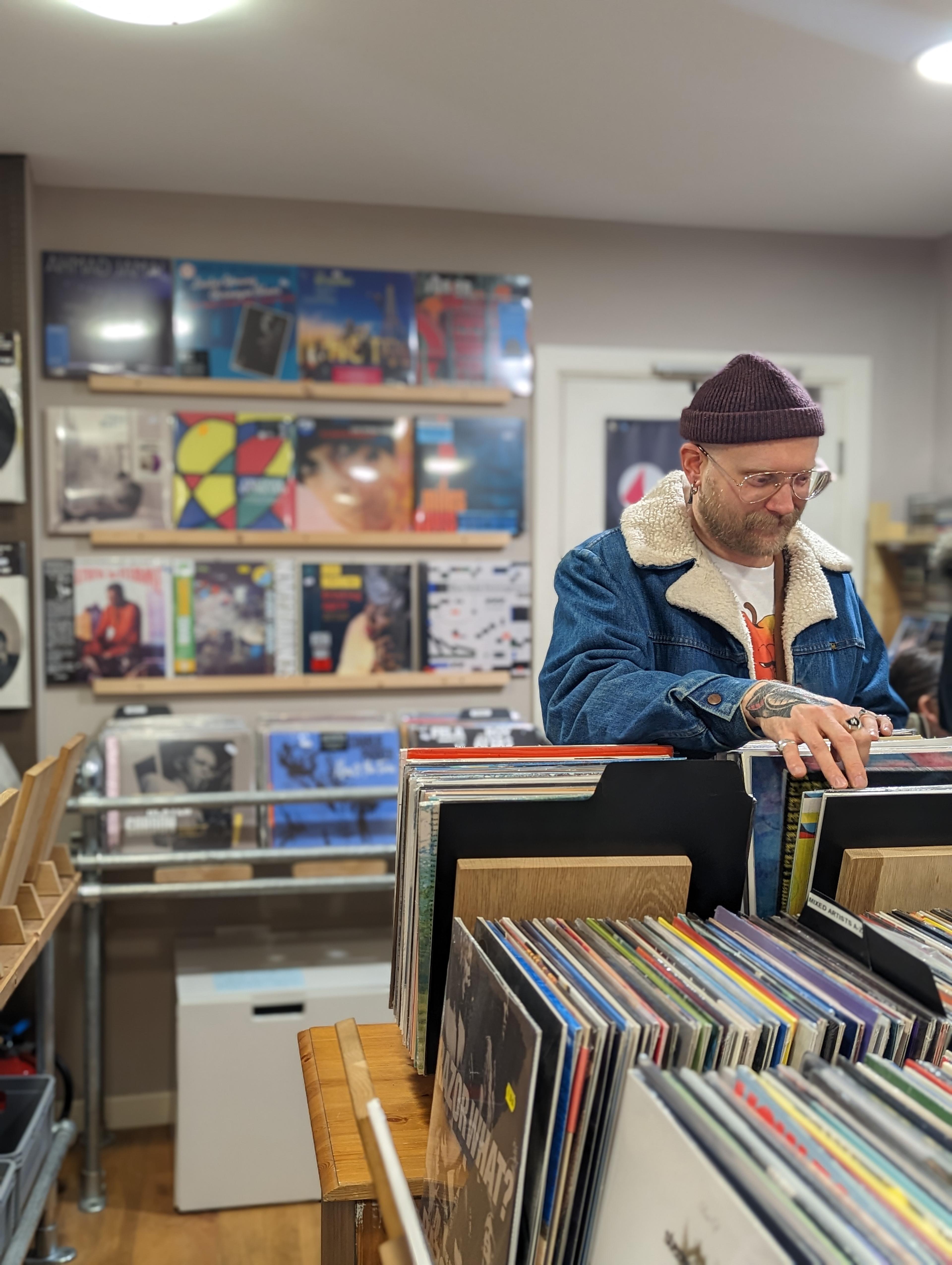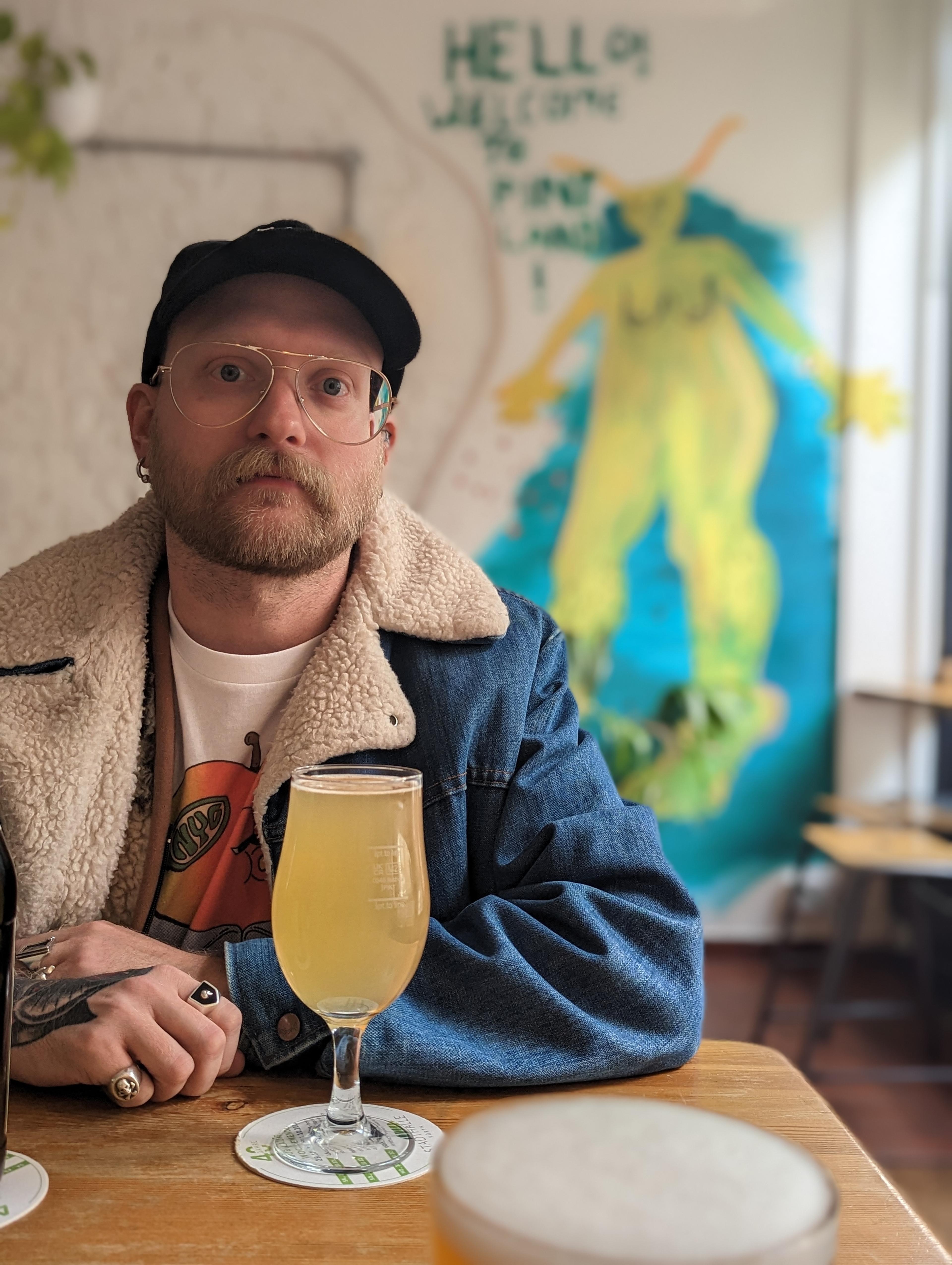House of Coco had a chat with Abra and Erene of Pastille Bar in Leeds to learn about starting a business in a recession and looking after your employees so they look after you.
HOC: So ladies, tell us about Pastille, what’s it all about?
Abra: We opened in August 2013 and actually, we found the unit before we found the business! We were both passionate about opening a business, found the space and thought about what would work well there. We had a few talks about what would work in a recession and what people still spend money on, and figured that, for women, it was beauty.
Erene: We’re not Beauty Therapists ourselves but we been customers in salons before. We spotted a gap in the market to create a salon with a ‘neighbourhood’ feel in Granary Wharf in Leeds and the feedback is that the specialist service we provide and the space we have is great.
HOC: And how did you both come to working together?
Abra: I’d finished my degree in Law at Manchester Uni and I’d thought about studying business but instead we just did it! The original plan was to spend a year getting the business off the ground, but after working for myself I realised I couldn’t work for someone else. Self-employment is never an option at university, it’s just endless grad scheme applications, which I realised didn’t interest me.
Erene: When Pastille came along I was halfway through training to be a psychotherapist. I’m now qualified so I split my time between seeing clients and the salon. My fiancé is Abra’s brother so it’s a family business now!
HOC: How do you fund the business?
Abra: We self-funded the business, and managed everything really carefully so we started taking a profit at the twelve-month point. While it was a big jump, it never felt like it wouldn’t work. In the run up we were so focused! From having the idea to launching was a four-month period, and we only got the keys two weeks before we opened.
Some people are surprised at how relatively little it was to set up, which we achieved by negotiating our rent and kitting out the salon with low-cost but pretty fittings, and we chipped in with the DIY!
Erene: We employ a team, which can be scary as people’s salaries rely on your business. Abra was only 21 and I was 25 when we started, and it’s people’s livelihoods and careers we’re responsible for. It is an additional cost of course, but they’re the ones that make or break the business so we’re happy to provide them with a great salary and bonuses.
HOC: How do you market Pastille?
Abra: We’ve done a lot with the local area; flyering, discounts for locals – things that get people through the door. We do a lot of work with other local businesses through our Collaborative Partnership Working Scheme, which is completely free – it’s a skills exchange.
Erene: When we opened we were quite quiet so we thought of doing a Pop-Up Beauty Bar in local offices and offer free manicures so people would be introduced to us. This let us meet prospective clients and give them a taste of the Pastille experience rather than harass them through too much leaflet giving!
Once they had met us there was no real reason for them to go somewhere else when we were just around the corner. It costs very little to offer a free manicure if it brings you another customer – you have to spend a little money to make more money.
HOC: What about social media and online marketing?
Abra: We’ve spent time on our social media and most of our followers are on Instagram with people liking us from all over the world. Twitter is better for getting in touch with local businesses. We can have a conversation on Twitter and friends in local businesses who help us run competitions and spread the word!
Erene: We work a lot with beauty bloggers as well, ever since our launch party where we invited lots of local bloggers. We’ve found that the basic rule in getting people through the door is that you always have to reintroduce the idea of who you are and what you do, in lots of different ways. On top of social media we offer online booking, maintain our website, run events in the salon and support external events through our Pop-Up Beauty Bar service.
HOC: Do you have any tips for SEO?
Abra: We encourage as many people as possible to review us on their blogs and share our website. I think people fear giving out free treatments but the more links you have, the higher you rank in Google searches.
Giving things away can feel scary when you start out but it totally pays off. In the first 6 months we were already close to the top of Google for salons in Leeds, ahead of salons that had been around for 10 years! It really is amazing how much marketing you can do yourselves for little or no cost.
HOC: Why else do you think you have been successful?
Erene: I think it definitely helps that we are entrepreneurs and we’re physically present in the salon. Our customers say that they like seeing who the managers are, and that they’re involved. Women are savvy about where they spend their money and why – if we are the face, we need to be there.
While we are the managers, the expertise is in our team. We have a flat hierarchy when it comes to the day-to-day and we always credit our girls for making the business what it is. Three of our team have been with us since we opened in 2013, which is super rare in the beauty industry!
Abra: The difference in what we offer in comparison to other salons is that we’re not two Beauty Therapists with qualifications who wanted to open a salon just to generate an income. We’re both aware of what clients want when they visit a salon – if a customer isn’t happy we fall over ourselves to make things right! We try really hard to keep people coming back.
As Erene said, our team are so important and recruiting is tough, which we’ve heard from lots of business owners. Our team all get more than minimum wage and lots of bonus schemes, as they are trained professionals and they deserve to have this reflected in what they’re paid. We need to recognise the skills of women – beauty is a big industry for a reason, if it’s done right it makes such a difference!
HOC: How do people react when you tell them about your business?
Abra: People don’t understand what’s involved, most of the time. It’s just not a little nail salon – we manage every single aspect ourselves, in-house. At first glance some people find it difficult to think that two young women can work at the level we’ve been doing. I once remember a guy came in the salon and asked to talk the manager, he was so shocked when I told him I was the manager!
Erene: I think it just proves that your business can be in anything, you could be making the most random thing but if it’s doing well, it’s doing well. Because I’m a psychotherapist too I explain to people I have two jobs very often!
HOC: Do you find the business scene to be supportive?
Erene: We’ve got some great networks in Leeds, especially for women. You can meet some amazing people and we can all support each other. I guess the challenge is finding the network that suits you best. Women can fall in the same circles and there’s only so far that can take you! We believe in partnerships and reaching out to other entrepreneurs.
I head up two schemes for Pastille which encourages professional support – our Collaborative Partnership Working Scheme and a new one which aims to support BME, refugee and asylum-seeking women to start their own business in the city.
Abra: There’s always a link between your businesses. You may think that someone is doing something so different from running a nail salon but there’s always a way to collaborate.
HOC: So, what’s the plan for the future?
Abra: We want to add more staff to our team and increase our opening hours, and we’re always looking for little ways to increase business – we launched our online booking system a few weeks ago for example. There’s room to grow in the space we’re in, we wouldn’t want to move because the location is ideal. It’s our third birthday this year and we have some really exciting celebrations planned.
Erene: Our team have helped lead the development of the business and we consult with them about new treatments, as they’re the ones with the expertise and skills. For instance, we offer Russian Volume Lashes which you can’t find anywhere else in Leeds and we also have a freelance Make Up Artist.
I think that one of the worse things a business can do is try to grow too fast. We need a really solid relationship between us, the team and our clients and we wouldn’t want to ruin that. We both feel that we’d rather have one salon that was really great rather than have loads that were okay. I’d rather go to sleep knowing that we had kept our integrity! We’re complete perfectionists, we know everything that’s going on in our salon.
HOC: Finally, any tips for where budding Girl Bosses can go for more inspiration?
Erene: I think it’s tricky to pinpoint a source. We’re in the 4th wave of feminism and there are so many channels of information! I read a lot online from America which helps massively as feminism is now an international conversation. We’ve deal with a lot of women specific employment issues like maternity leave and child care, which I know Sheryl Sandberg talks about in her book ‘Lean In’, so we try hard to be women-inclusive as a company.
Abra: We spend time reading about how to engage our staff and keep them happy, and being in the salon a lot ourselves means we’re hugely invested in this. We do all we can to benefit our staff which in turn makes clients happy – it’s a whole experience. So it’s a case of learning from each other for sure.
At House of Coco we’re excited to see how Pastille celebrate their third birthday and what the future has in store. Be sure to invite us, Girl Bosses!




